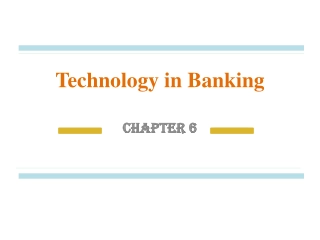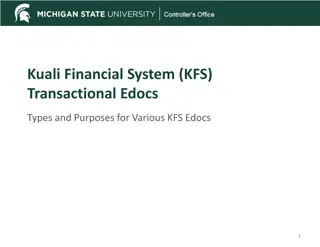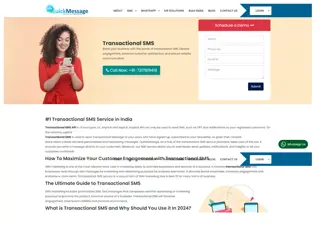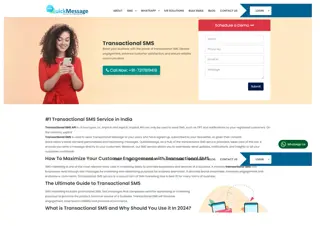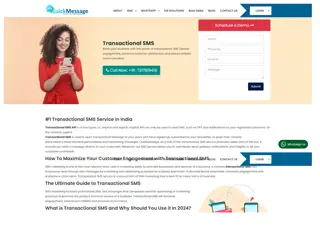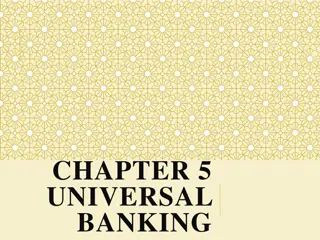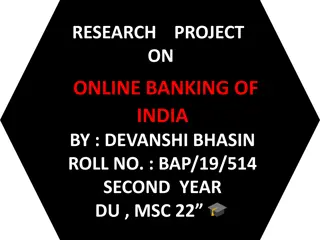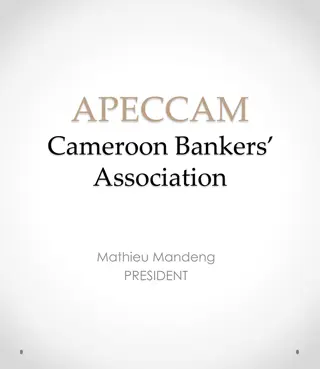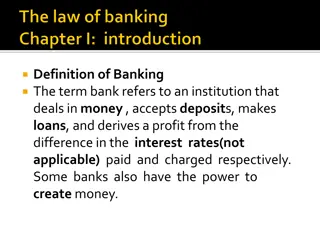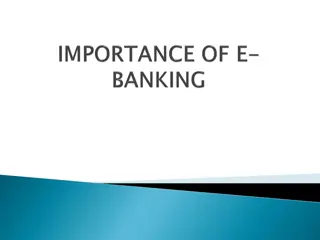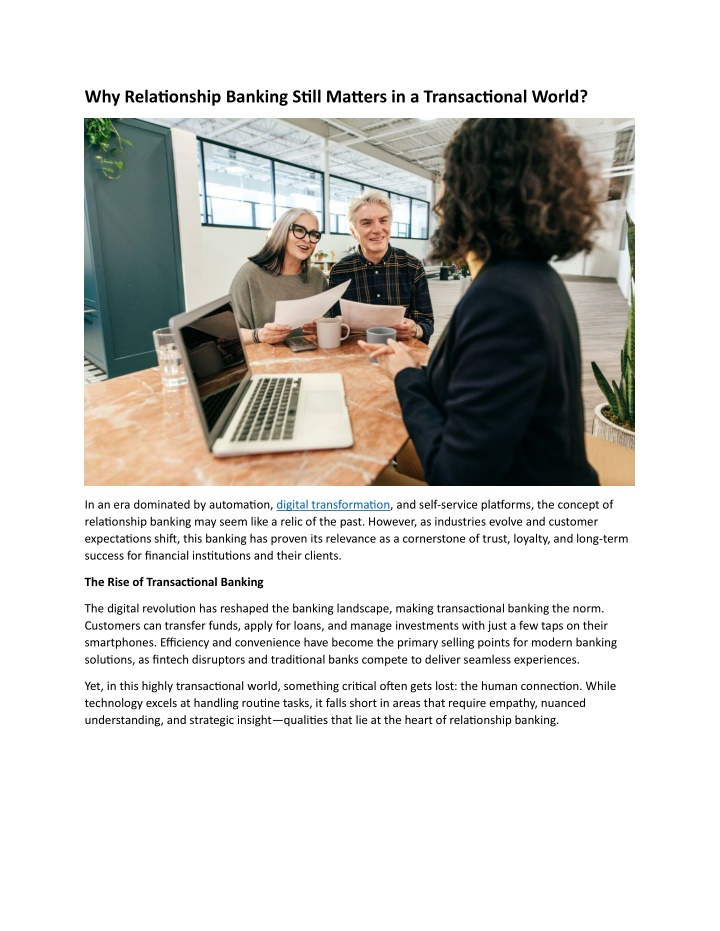
Why Relationship Banking Still Matters in a Transactional World
Discover why relationship banking remains vital in a digital world, fostering trust, loyalty, and personalized solutions for complex financial needs.
Download Presentation

Please find below an Image/Link to download the presentation.
The content on the website is provided AS IS for your information and personal use only. It may not be sold, licensed, or shared on other websites without obtaining consent from the author. If you encounter any issues during the download, it is possible that the publisher has removed the file from their server.
You are allowed to download the files provided on this website for personal or commercial use, subject to the condition that they are used lawfully. All files are the property of their respective owners.
The content on the website is provided AS IS for your information and personal use only. It may not be sold, licensed, or shared on other websites without obtaining consent from the author.
E N D
Presentation Transcript
Why Relationship Banking Still Matters in a Transactional World? In an era dominated by automation,digital transformation, and self-service platforms, the concept of relationship banking may seem like a relic of the past. However, as industries evolve and customer expectations shift, this banking has proven its relevance as a cornerstone of trust, loyalty, and long-term success for financial institutions and their clients. The Rise of Transactional Banking The digital revolution has reshaped the banking landscape, making transactional banking the norm. Customers can transfer funds, apply for loans, and manage investments with just a few taps on their smartphones. Efficiency and convenience have become the primary selling points for modern banking solutions, as fintech disruptors and traditional banks compete to deliver seamless experiences. Yet, in this highly transactional world, something critical often gets lost: the human connection. While technology excels at handling routine tasks, it falls short in areas that require empathy, nuanced understanding, and strategic insight qualities that lie at the heart of relationship banking.
What Is Relationship Banking? It focuses on building long-term, trust-based relationships between banks and their clients. Instead of merely processing transactions, it emphasizes understanding clients financial needs, aspirations, and challenges. Relationship managers act as trusted advisors, providing personalized solutions and proactive guidance to help clients achieve their goals. This approach is particularly valuable for businesses and high-net-worth individuals, where financial needs are complex and often require bespoke solutions. Whether it s structuring a business loan, managing wealth, or navigating uncertain markets, relationship banking ensures clients receive tailored support that goes beyond the capabilities of automated systems. The Enduring Relevance of Relationship Banking Despite the rise of digital tools, it remains indispensable for several reasons: 1. Building Trust in Uncertain Times Economic volatility, regulatory changes, and market disruptions create uncertainty for businesses and individuals. In such environments, this banking provides a steadying hand. Clients value having a trusted advisor who understands their unique circumstances and can offer guidance rooted in deep financial expertise and personal rapport. 2. Enhancing Customer Loyalty
In a crowded market, loyalty is a prized commodity. Relationship banking fosters loyalty by delivering personalized service and creating emotional connections with clients. A customer who feels valued and understood is more likely to remain committed to their financial institution, even in the face of attractive alternatives. 3. Supporting Strategic Growth for Businesses For business clients, this banking offers more than financial products; it provides strategic partnerships. A strong relationship with a banker can open doors to funding opportunities, market insights, and connections that drive growth. This value-added support positions itself as a vital component of business success. 4. Addressing Complex Financial Needs Not all financial needs can be met through prepackaged solutions. This banking excels in navigating complexities, such as cross-border transactions, intricate wealth management, and unique financing structures. These tailored approaches are essential for high-net-worth individuals, family businesses, and enterprises with specialized requirements. Balancing Technology and Relationship Banking The challenge for financial institutions is not to choose between transactional and relationship banking but to integrate them effectively. Technology can enhance such banking by providing tools that deepen client understanding and improve efficiency.
For example, customer relationship management (CRM)platformsenable relationship managers to track client interactions, anticipate needs, and deliver proactive solutions. Data analytics can uncover trends and opportunities, empowering bankers to offer more insightful advice. Meanwhile, digital communication channels allow for seamless, real-time interactions that complement face-to-face meetings. This synergy ensures that relationship banking remains relevant in the digital age while leveraging technology to amplify its impact. Lessons for C-Suite Leaders and Entrepreneurs For business leaders, relationship banking offers valuable insights into managingcustomer relationshipsacross industries. It demonstrates the importance of: Empathy and Personalization:Understanding clients unique needs and tailoring solutions accordingly. Long-Term Vision:Focusing on sustained value rather than short-term gains. Proactive Communication:Anticipating challenges and opportunities to strengthen trust and loyalty. These principles are not limited to banking; they are equally applicable to businesses seeking to build lasting relationships with their customers. The Future
As the financial industry evolves, relationship banking must adapt to remain competitive. Emerging trends, such as environmental, social, and governance (ESG) considerations, are reshaping client priorities. Relationship managers must stay ahead of these shifts, offering guidance that aligns with clients values and objectives. Moreover, the next generation of clients millennials and Gen Z bring different expectations to the table. They value transparency, social responsibility, and seamless digital experiences. It must evolve to meet these demands while retaining its core emphasis on trust and personalization. Conclusion In a transactional world driven by speed and efficiency, relationship banking stands out as a model of meaningful engagement and long-term value creation. It bridges the gap between human connection and financial innovation, offering clients the best of both worlds. For C-suite leaders, startup entrepreneurs, and managers, this banking serves as a powerful reminder that while technology is transformative, the human touch remains irreplaceable in building trust and fostering success. Uncover the latest trends and insights with our articles onVisionary Vogues

